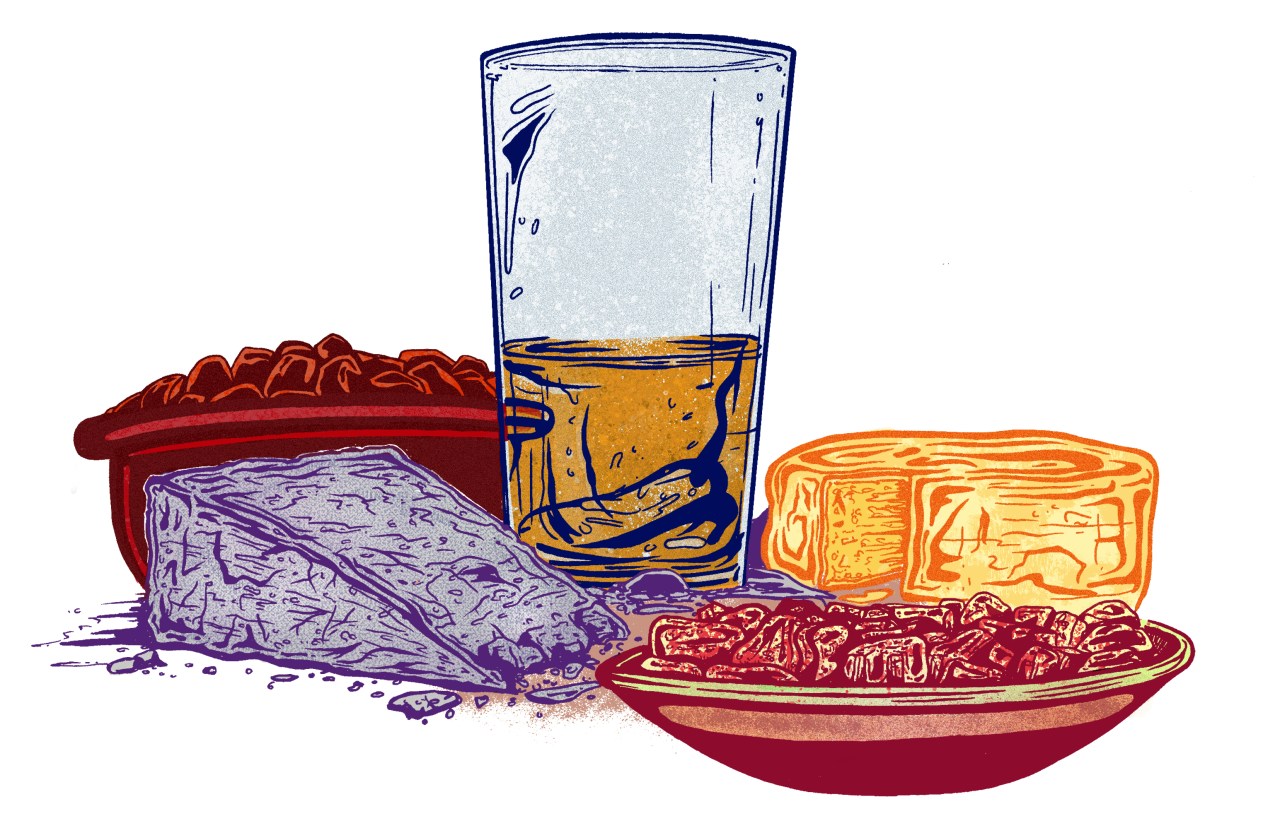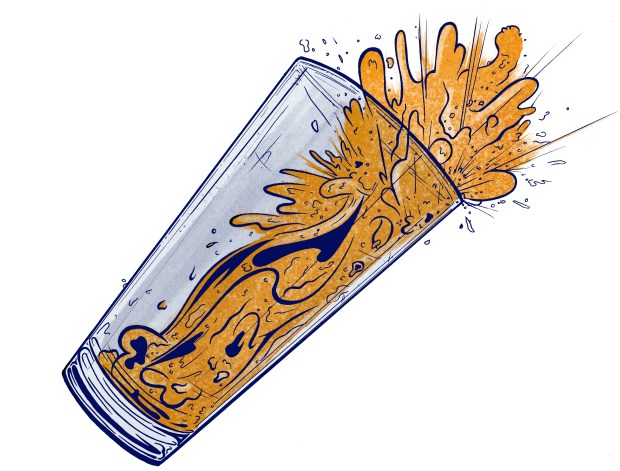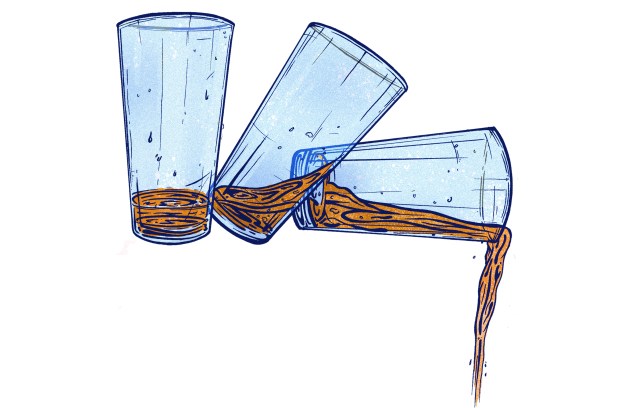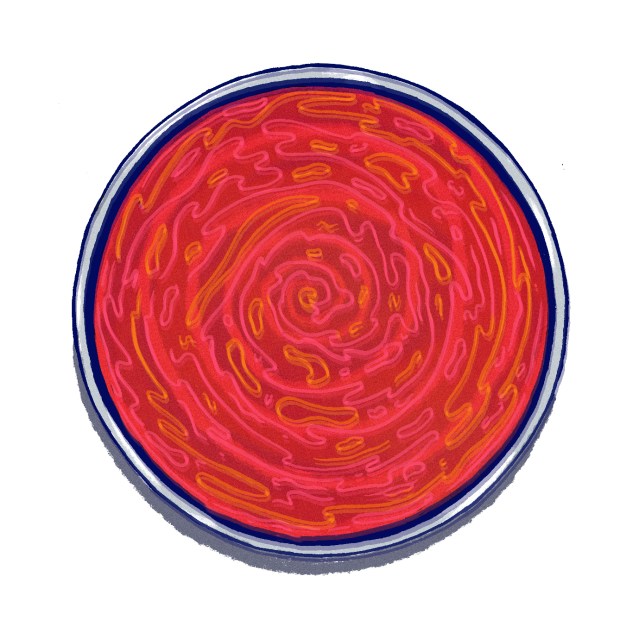Mieres, like most towns in Asturias, is a cider town. As a region Asturias produces less wine than most of its neighbors, opting instead to ferment its immense haul of apples into sidra, a heavily carbonated, aromatic, lightly alcoholic brew. More than the soccer stadium and the Catholic Church, the sidrería may be the most sacred institution in Asturias, the place where friends and family gather to fill their bellies and make sense of the world. Fittingly, the central plaza of Mieres is little more than a collection of sidrerías, and on a wet and cold Thursday night it’s packed with people eating shellfish and cured pork and washing it all down with spirited swigs of the regional beverage.
We settle on Casa Fulgencio at the base of the plaza, and one by one the members of José Andrés’ tribe—cousins, distant aunts and uncles, former neighbors—arrive to welcome him home. Word gets out, and soon the town of Mieres lines up for photos with its most famous son. Andrés makes jokes, shakes hands, kisses cheeks. At one point he signs the photograph of a nervous man’s baby girl. He does it with an inside-the-Beltway skill and savvy, but also with the intimacy and sincerity of someone who never forgets where he comes from. The table fills out with classic cider food: plates of local cheeses, slices of boiled octopus, chorizo simmered in sidra. As the group begins to snack, the waiter assumes his position at the head of the table and commences the intricate ritual of Asturian cider consumption. Andrés’ cousin Covadonga, named for the region’s most postcard-perfect town, walks me through the cider house rules.

1. Don’t pour your own.
That is, not unless you know how to land a thin stream of cider just under the lip of a tilted glass held at full arm extension with minimal spillage, all while looking as nonchalant as possible. Best to leave it to the professionals. These servers—predominantly middle-aged men with serious faces—hover around the cider house, pouring rounds for tables as soon as they go dry. You’ll have a chance to practice, no doubt—often with a plastic pouring spout that allows for easier control of the cascading juice. But it’s their job to keep you and your crew lubricated, and they do it with a very specific skill set, honed over years of errant cider streams.

2. Drink.
Not in five minutes, not in one. Now! Cider is poured from great heights in order to introduce air into the brew. It is not to be sipped or quaffed nor carefully and thoughtfully consumed. It is to be absorbed in one swift gulp, the better for savoring the aromas teased out by the elevated pouring. A glass of cider left idly on the table is not just an insult to the servers, but also a social faux pas that will immediately brand you as an outsider to anyone within splashing distance.
3. Never finish the full glass of cider.
Instead, leave half a finger of liquid in the base of the glass. Then, with just enough casual cool, pour that lingering juice back out over the same area of the rim you drank from—an entirely ineffective but obligatory way of cleansing the glass and preparing it for the next thirsty soul.


4. Do not try to get drunk on cider.
At least not at first. The mix of pork fat and shellfish and fermented fruit will make for an unsettling stew in your stomach. Ease into the cider world, and by the second or third day you’ll be drinking it like water.
This essay was excerpted from Grape, Olive, Pig: Deep Travels through Spain’s Food Culture.